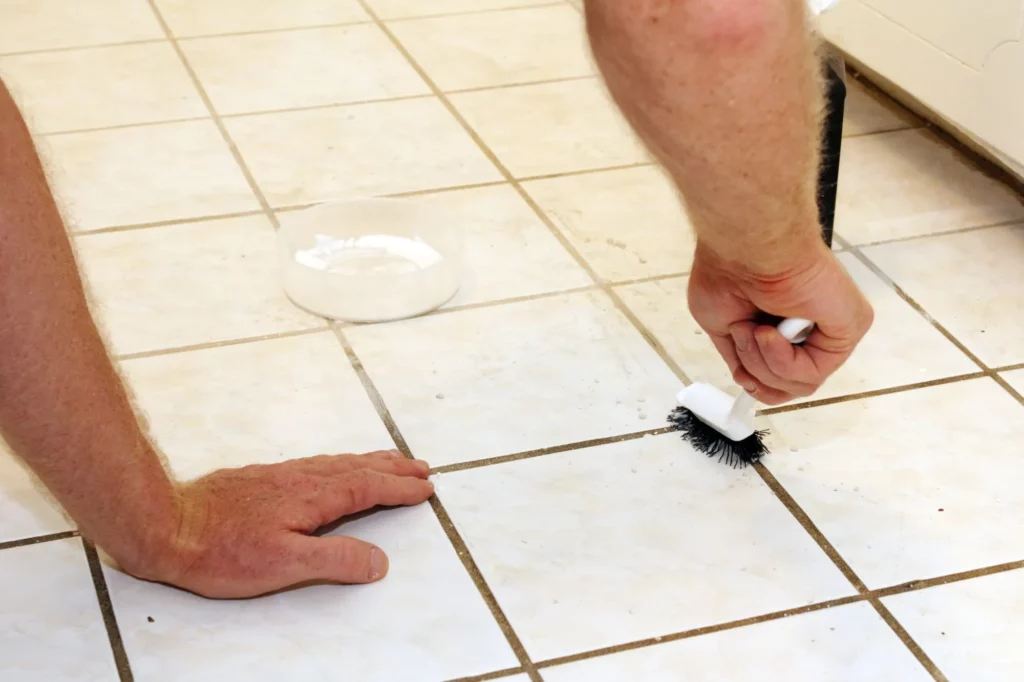No matter what type of material your walls are made of-ceramic tile, plastic tile, painted or woodwork-cleaning them can be a constant source of frustration if you’re not using the right products and materials to do so, in fact, it could cause lasting damage if not done properly. We’ve accumulated a short list of tips on how to get rid of stains on your walls and other surfaces as quickly as possible without accidentally damaging your property.
Glazed ceramic tile looks amazing and a damp cloth or sponge wiped over them regularly can keep them looking positively beautiful. There are circumstances if they’re cloudy with soap, grease or ground in soil that it may be wise to use about a teaspoon of borax, trisodium phosphate or another water softener in a bucket of hot water to thoroughly clean the area. Seriously heavily soiled areas may need to be gently wetted down and have the cleaner directly sprinkled over it, left to soak for a short while and then rubbed down and rinsed completely to help lift stains and marks. Abrasive powders and chemicals can cause scratching and damage to the tile or the grout leaving them look foggy or cloudy if you’re not careful, so try to avoid them as much as possible.
Plastic tiles are much easier to maintain in some ways because they too can simply be wiped down with a warm sponge or cloth and very mild soap or detergent. Because of their soft nature, no scouring powders or other abrasive material should ever be used to try to clean plastic tiles as it will almost always damage it. Polystyrene plastics include Bakelite polystyrene, Plexon M, Styron and Catalin Luxtred and are not damaged by household acids, water, oil or vinegar, but will be damaged by citrus oil, polish remover, cleaning fluid and gasoline and should be avoided at all costs. Vinyl tiles like Vinylite, Saran, Geon, Ultron and Marvinol are extremely tough and they resist damage from food, ink, dirt, alcohol and acids; however, like any other plastic tile, they are vulnerable to heat and should not be used around electric heaters.
Painted surfaces like woodwork, furniture and walls can be cleaned by similar methods outlined above for tile, or you may wish to use a cleaning wax since once washed it will act as a sealant and the piece will then resist stains, dirt and dust. Do be careful to note what kind of paint was used, however as calcimined walls and those finished with similar water paints cannot be washed and must be entirely refinished since any attempt to clean them will only damage them.
When using paint cleaners, be sure to know what kind of paint you are washing and read the directions very carefully so you don’t accidentally damage your home. They come in a number of different types like powders, liquids and pastes, so be sure to use them only exactly how it’s outlined in the directions since if they’re too concentrated, they may simply remove the paint instead of cleaning it. Never use scouring powders on fine-painted surfaces unless you absolutely, positively need to (like removing scuff marks and similar abrasions).
With a little bit of know-how and informed decision making, you can keep every surface in your home clean and protected, elongating their lifespan before needing to refurnish them completely. Just be sure to read your directions and take note of exactly what you’re doing on what type of material and your home will remain beautiful for years.

